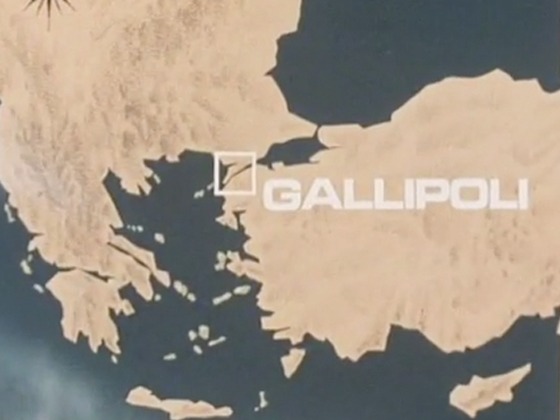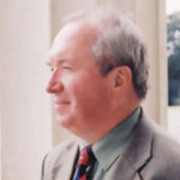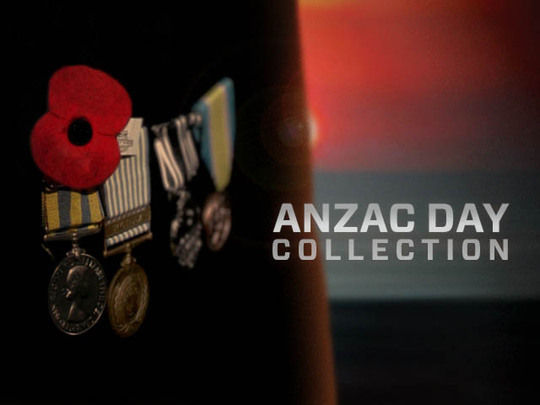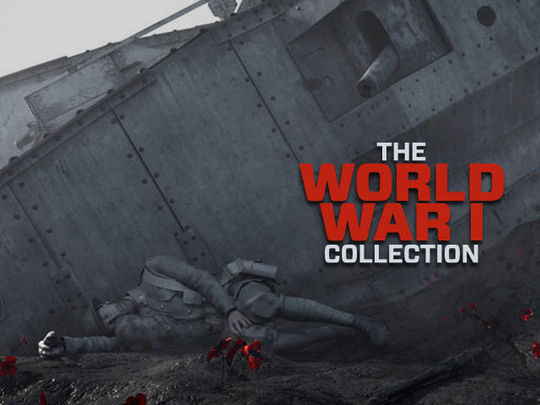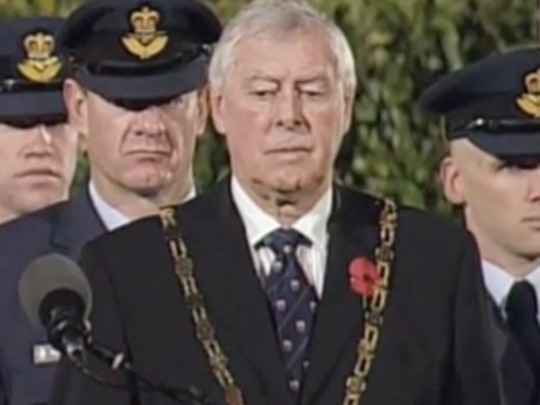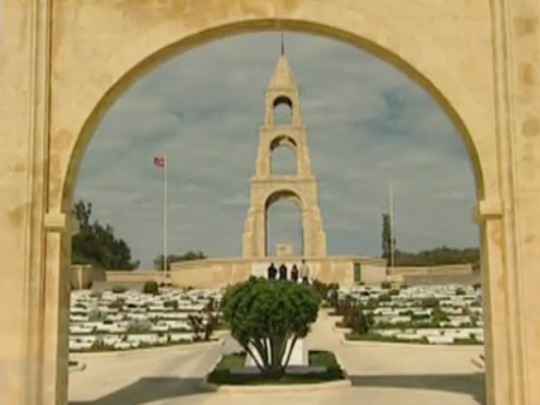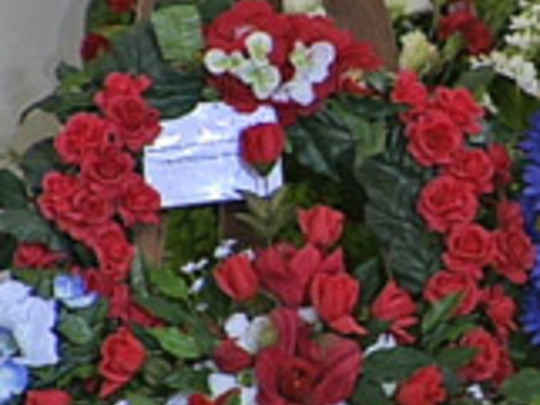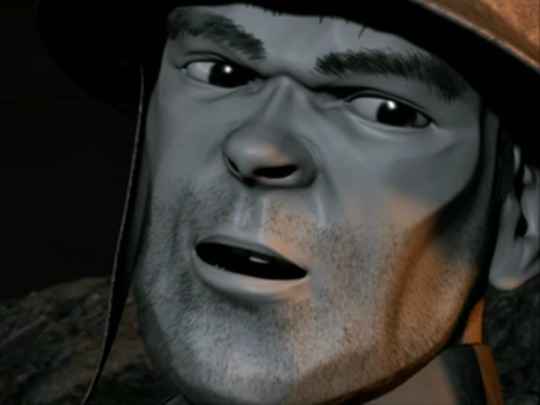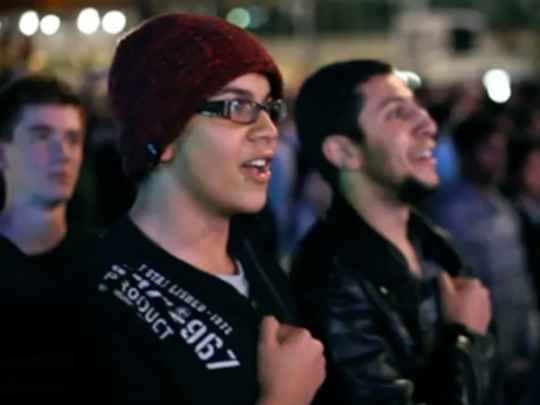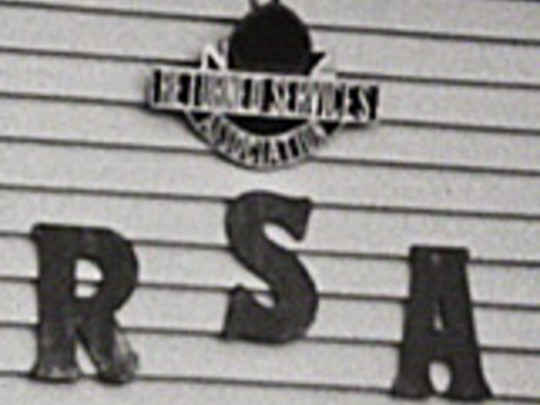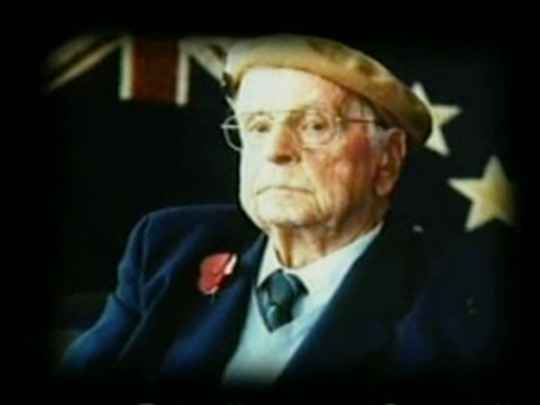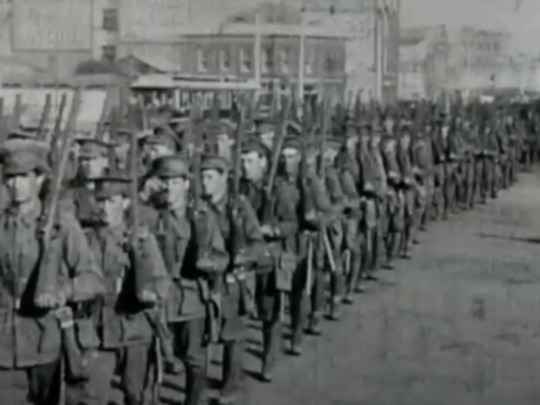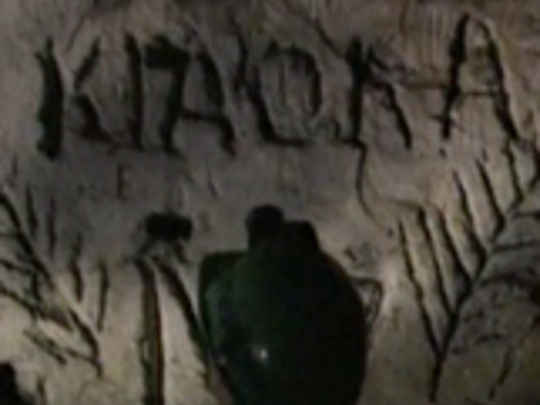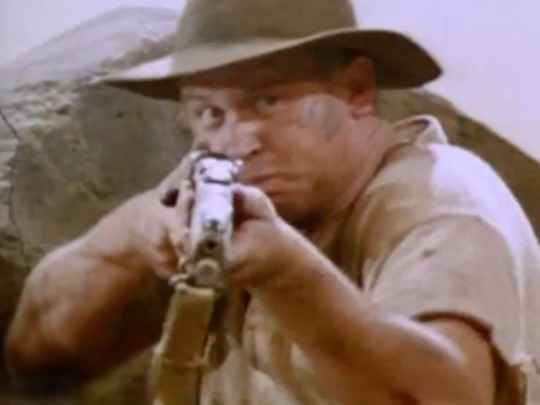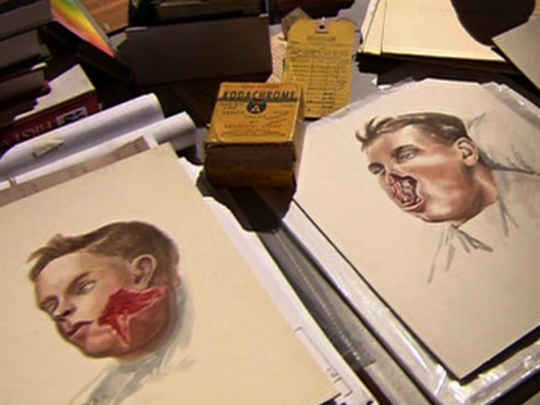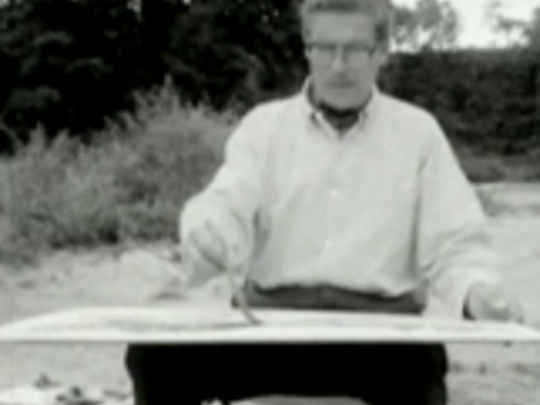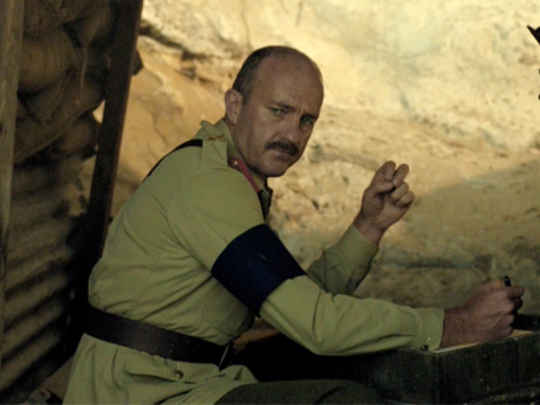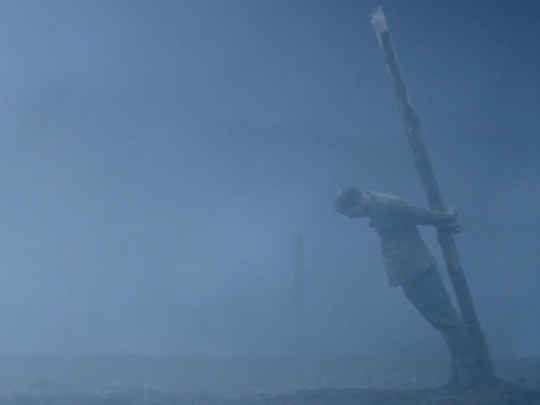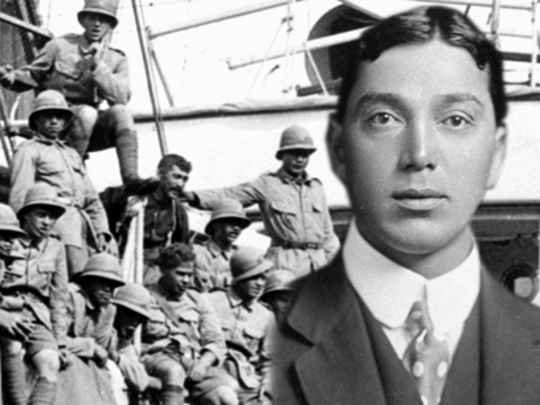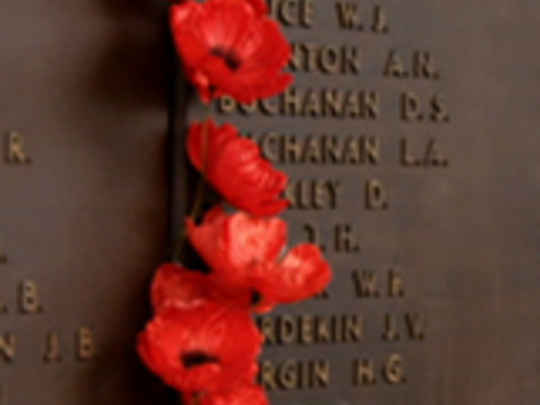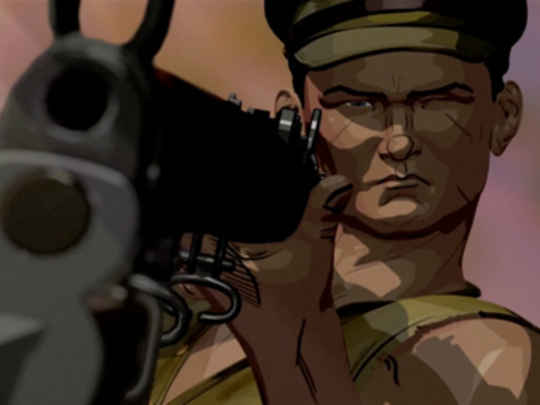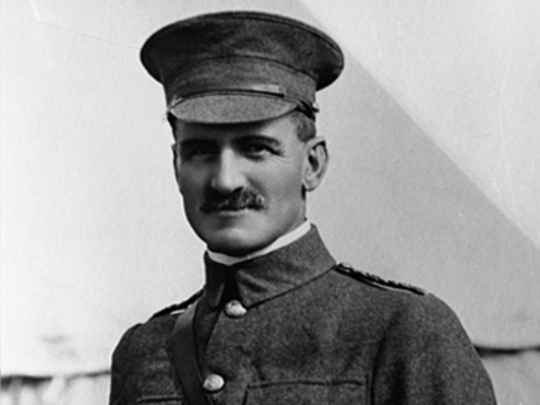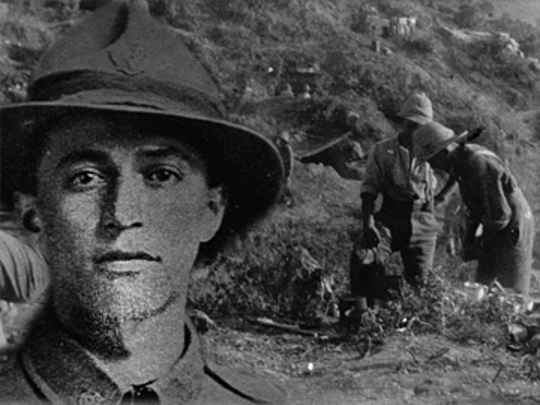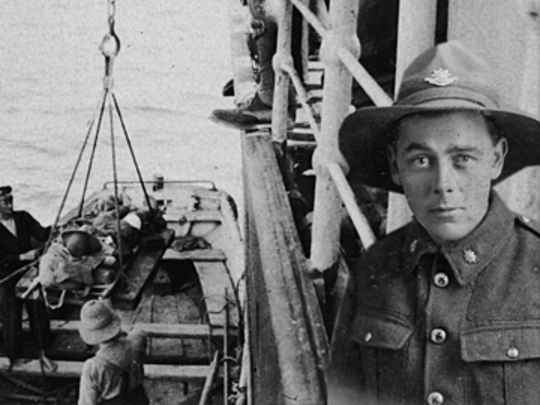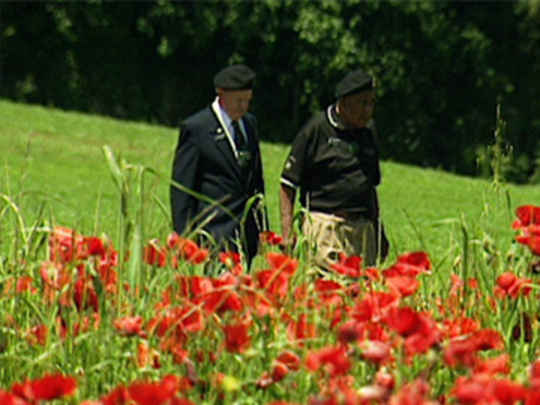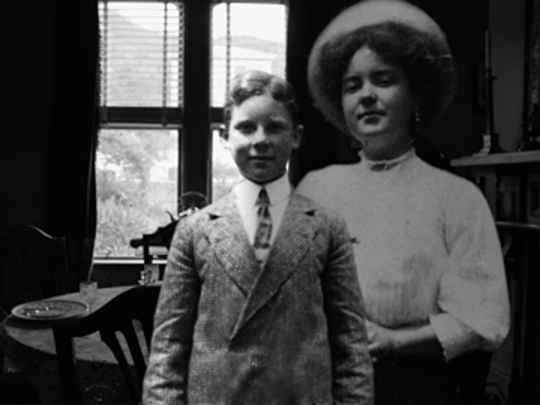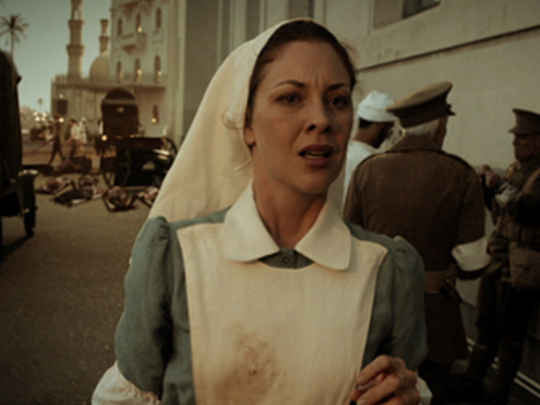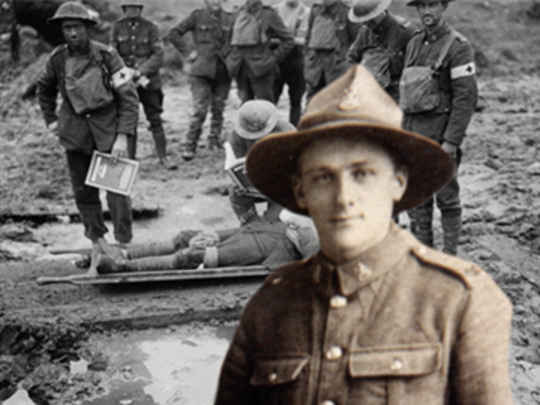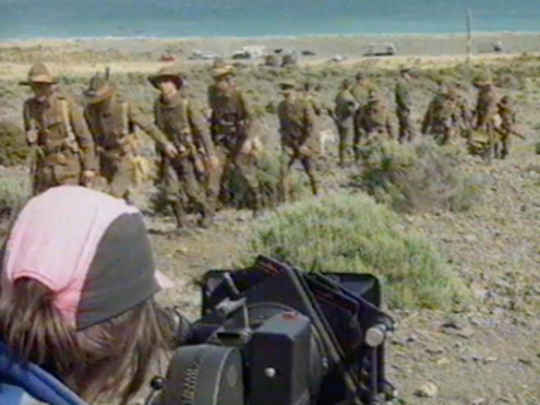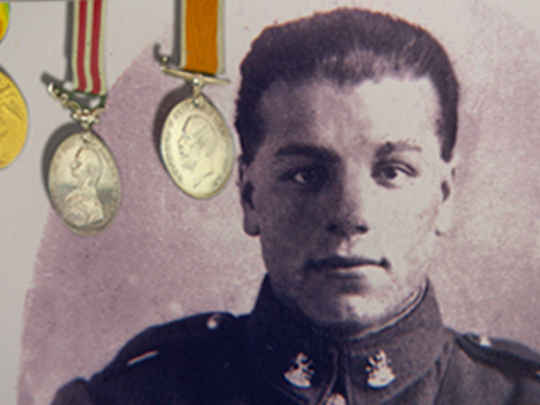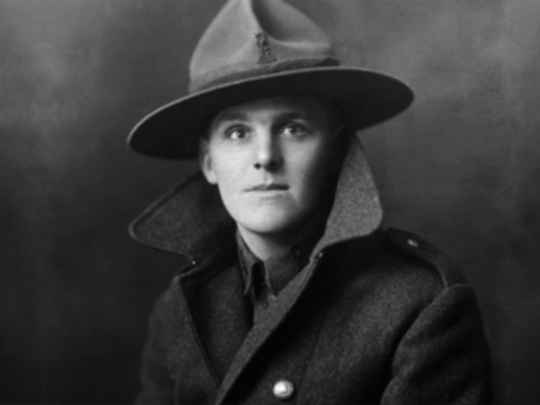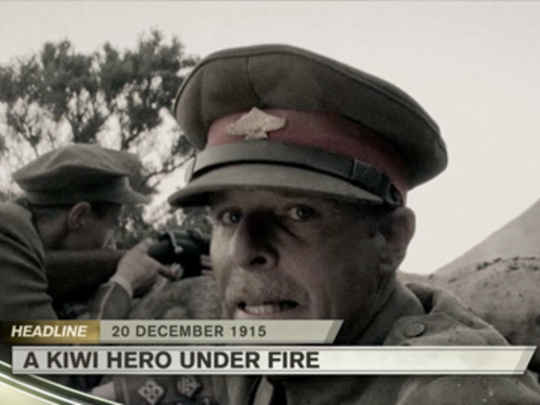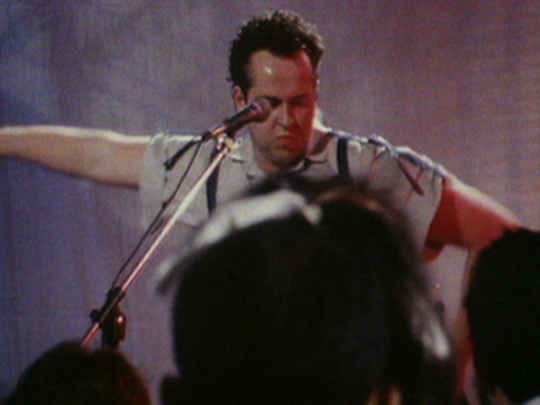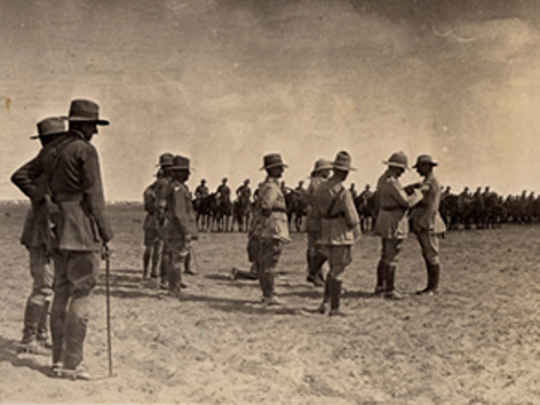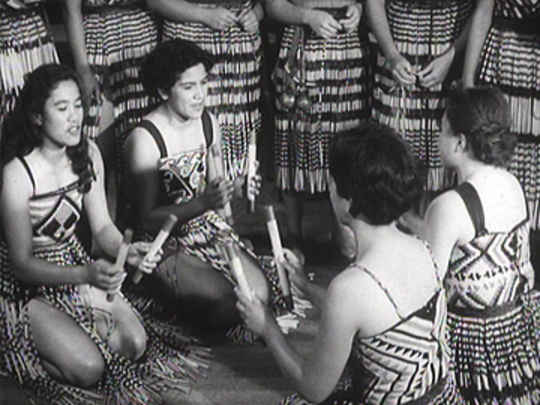Part one of six from this full length documentary.
Part two of six from this full length documentary.
Part three of six from this full length documentary.
Part four of six from this full length documentary.
Part five of six from this full length documentary.
Part six of six from this full length documentary.
The credits from this documentary.
Gallipoli: The New Zealand Story
Television (Full Length) – 1984
Military Advisor’s Perspective
I still pinch myself that I was involved in the TVNZ documentary Gallipoli: The New Zealand Story. A chance meeting with writer Maurice Shadbolt led to my becoming military adviser to the play Once on Chunuk Bair, which in turn saw me seconded to the documentary from the New Zealand Army to TVNZ for 12 months.
The doco was TV2 Director General Allan Martin's personal project. Allan had returned from a senior position at Australia's ABC to helm New Zealand TV's second channel and he wanted to tell the definitive story of New Zealanders at Gallipoli. He hand-picked the team: Lieutenant-General Sir Leonard Thornton (New Zealand's Chief of Defence from 1965 - 1971) narrated, Maurice Shadbolt wrote the script, and Doc Williams directed.
Allan poured in resources. In 1981-82 Bluestockings in the shape of Liz Greenstreet, Julie Stretton et al, tracked down and interviewed every surviving Gallipoli veteran living in New Zealand, a list of just under 300. I listened to the tapes and assessed the importance of the story the veterans told. A shortlist of some 26 survivors was filmed on 35mm before we had a script: Maurice and I sitting off-camera asking the questions. These priceless interviews are now part of the TVNZ archives.
A formal application to film on Gallipoli was requested via New Zealand Chief of General Staff to the Turkish military authorities who controlled the peninsula and at that time had not allowed a documentary film crew, Turkish or otherwise to film on the peninsula - the negotiations took 12 months.
Plan B, the studio option, was developed concurrently. Rob Gillies built two enormous models: one of the complete Anzac area including Suvla Bay and a detailed larger scale model of the Anzac perimeter including Chunuk Bair (This is now in the National Army Museum, Waiouru).
In 1983 we got clearance from the Turkish Government and set off with Matt Bowkett as principal cameraman, David Caldwell as second camera, Bernie Wright on sound, Sir Leonard, Doc, and myself as guide and TPA (Allan decided that Gallipoli was no place for a female TPA). The trials and tribulations of getting there are a story in itself e.g. a drunken, legless sound man who shall remain nameless, being wheeled in a trolley through Gatwick. It took three days in Canakkale, the provincial capital, to get local clearances from the Turkish Admiral who controlled the Straits, the Provincial Governor, the Police and the Director of Parks and Forestry, before filming started.
Everything we did was closely watched by five minders, Forestry, Police, Military, etc, who travelled with us, ate with us, wrote down every conversation, and looked through the camera at every set-up to see that no military secrets were disclosed.
Each day followed a pattern. Doc and I were up at first light to scout out next day's filming, clambering over the landscape for a couple of hours, then meeting up with Sir Leonard and the crew for the morning's filming, a break for lunch, a siesta in the heat of the day, filming again late afternoon, and script discussions into the night.
Maurice had given us a superb literary script but was not included in the shooting party as his job was done. He joined us, en-route to London, for the first few days filming, and was an unhappy presence. As his introduction to Voices of Gallipoli shows, he still itched to be involved, not trusting us to do justice to his words.
Doc treated it like a live sports shoot. We were determined that each scene would be filmed exactly where it happened. Once we found the spot on the ground, we looked at the words, looked at what we had and it was up to Sir Leonard and me to adapt the script to fit the shot, and still do justice to the theme. We road-tested the words with Doc, Sir Leonard would go off behind a bush for a couple of minutes, mutter to himself, and come back and give it word perfect. Doc might try another take with a different intonation, but each hot summer's day we worked through the script in a landscape very different in feel from what one sees today.
In 1983 there were few Anzac tourists and certainly no Turkish visitors. It was a battlefield that still carried the scars of war: trenches, bullets, shrapnel and bones everywhere, thrown about on the edge of looted unmarked mass graves, or scattered in shards like seashells among the bush and grasses.
The ground about Anzac Cove has such a New Zealand feel to it. The shape and colour of the land is so much like home. It is looking north along the coast from Paekakariki Hill or standing at the Ataturk Memorial above Tarekena Bay, looking out towards the entrance to Wellington Harbour.
It is an eerie feeling looking at a skull or the bottom two-thirds of a human skeleton and assessing from where he lay if he was Anzac or Turk. I used to carry a kerosene can, a relic of the campaign, and any bones we filmed would be put in the can and buried in the cemetery where we had lunch. We always lunched in the cemeteries, as they had shade and water.
Sir Leonard in khaki safari suit always looked as if he stepped out of the tailors, while we, off camera, were a bunch of scruffs, but we got the job done, and we and our minders became a close-knit team.
We were intent on telling New Zealand's story of this first epic campaign, where in nine months 8556 New Zealanders came ashore and fought at a cost of 2721 dead and 4752 wounded. Add the sick to these figures and one can see that every New Zealander who fought at Gallipoli became a casualty in one way or another and carried the scars of that campaign for the rest of their life. It is a story that demanded to be told and Doc Williams and the team achieved that.
View this 70-minute documentary. It stands the test of time and achieved Allan Martin's aim. It was Feltex Documentary of the Year in 1985. It plays continuously each day in the Gallipoli Gallery at the National Army Museum, Waiouru. The veterans are all dead, but what they did and what they found out about what it meant to be a New Zealander influences us still.
About the writer:
A former New Zealand Army officer, Dr Christopher Pugsley is a Senior Lecturer in War Studies at England's Royal Military Academy Sandhurst. Gallipoli: The New Zealand Story, first published in 1984, concurrent with the documentary, was his first book and is regarded as the seminal work on New Zealanders on Gallipoli. It was short-listed for the Wattie Book of the Year award in 1984 and came second in the New Zealand Book Awards. 25 years later it is still in print with Raupo (Penguin) Press.
